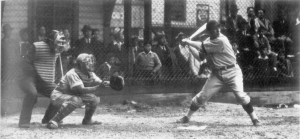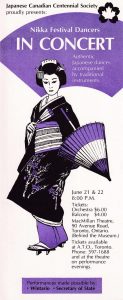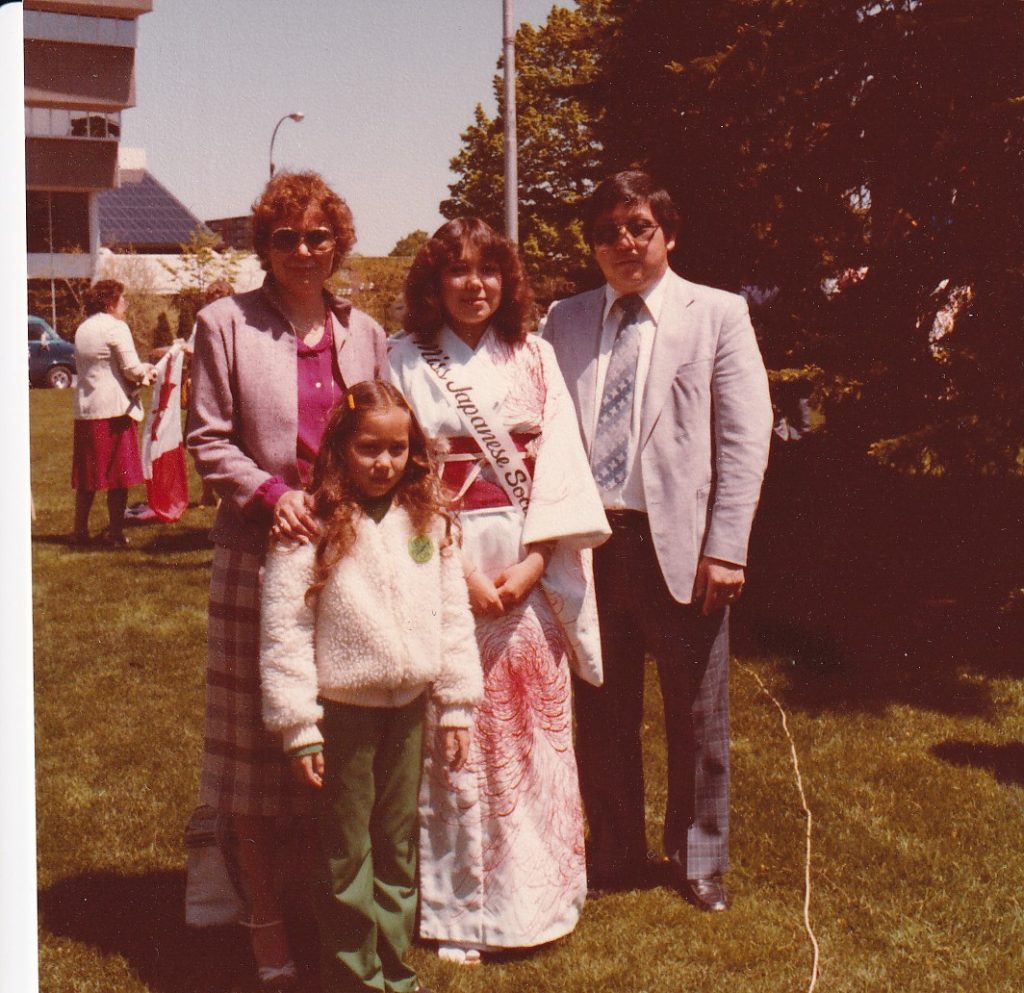Re-forming the Community
Coming Together
Japanese Canadians who stayed in more rural areas had fewer opportunities to maintain a strong connection to their cultural roots. Unlike those who lived in Ontario cities with established Japanese Canadian communities, younger nisei in rural areas grew up among people who did not share their culture.
Naming Generations
- Nisei (second generation) – children of the immigrant generation from Japan.
- Sansei (third generation) – grandchildren of the immigrant generation from Japan.
- Yonsei (fourth generation) – great-grandchildren of the immigrant generation from Japan.
- Gosei (fifth generation) – great-great-grandchildren of the immigrant generation from Japan.
- Ijusha – post-war Immigrants from Japan.
Everyday Racism
Everyday racism still held sway and many experienced prejudice from a very young age, often at school, social, or sports activities.
Sachie Matsushita was awarded the Imperial Order of Daughters of the Empire (IODE) Proficiency Prize for her top marks in the final year of high school. Yet, she was denied the honour of valedictorian normally given to the IODE recipient. The IODE’s values included restrictions on who qualified as a “proper” Canadian. Sachie recalled at age 62: “[it was] the biggest disappointment of my life”.
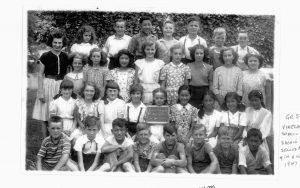
Class photo of the Vineland Public School. Sachie is fourth from the right in the second row, 1947, Courtesy of Addie Kobayashi
During his youth in Port Dalhousie, Tom Matsushita played hockey. He recalls that during games parents of some players would yell racist insults at him. Fortunately, his teammates, who were not Japanese Canadian, came to his defense. Mingling between Japanese Canadians and other groups did occur. Many remember having non-Japanese friends, neighbours, colleagues, and employers who treated them well.
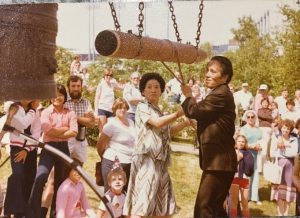
The Japanese Canadian Centennial Temple Bell at Ontario Place In 1977 to celebrate the Centennial Japanese Canadians gifted this bell to the people of Ontario. The belfry was designed by Raymond Moriyama. Photo Courtesy of Leatrice Chan
By the 1950s and 1960s, social occasions with other nisei and sansei were rare. In 1963, the Japanese Canadian Cultural Centre was founded in Toronto. The New Canadian, the only Japanese Canadian paper, allowed to publish during WWII, continued to be important for keeping the community connected on a national level.
In 1977, the Japanese Canadian Centennial was a nationwide celebration. Community events and groups were formed that continue to this day. The Folk Arts Festival of Niagara provided an early opportunity to highlight Japanese cultural heritage in the region.


